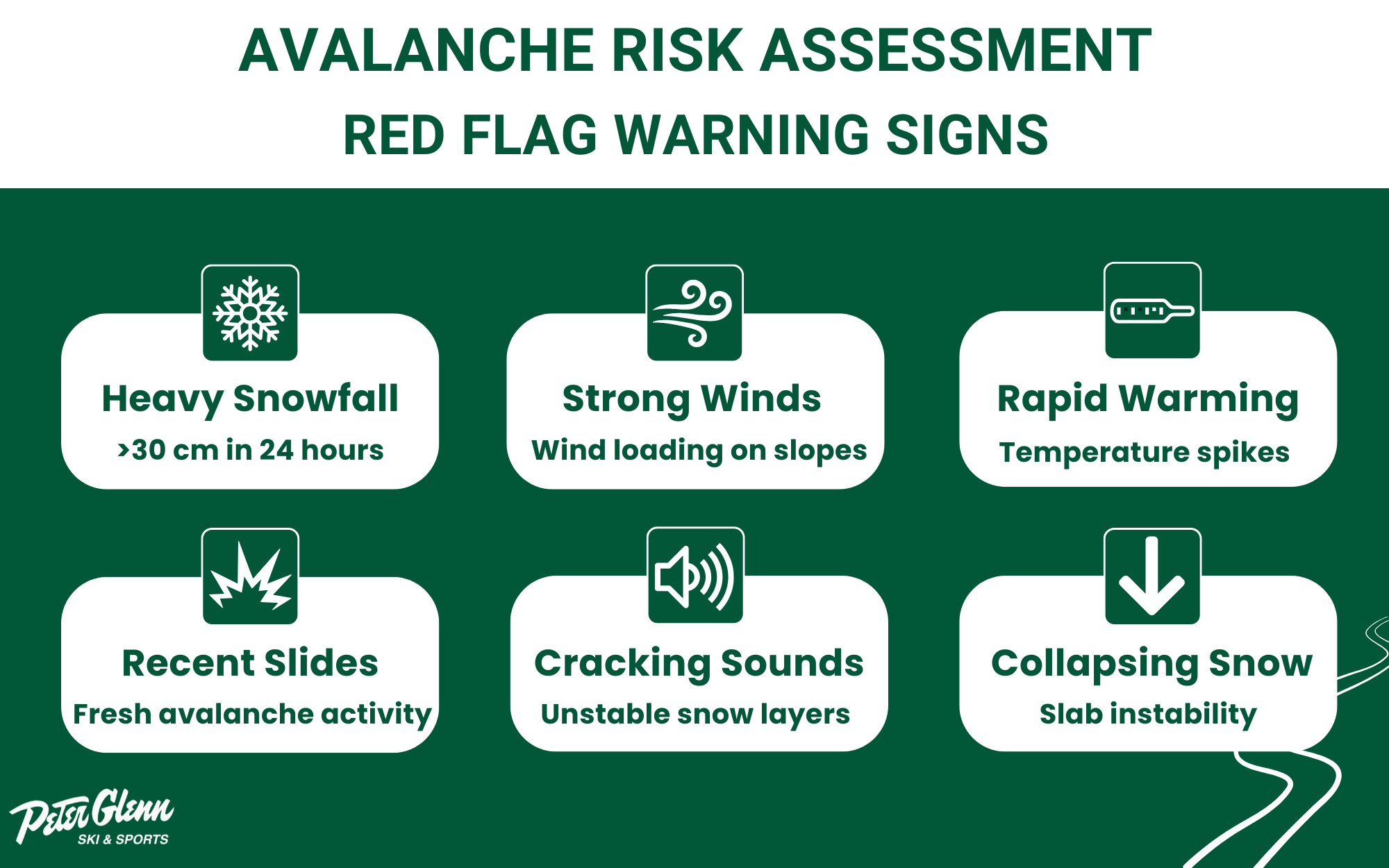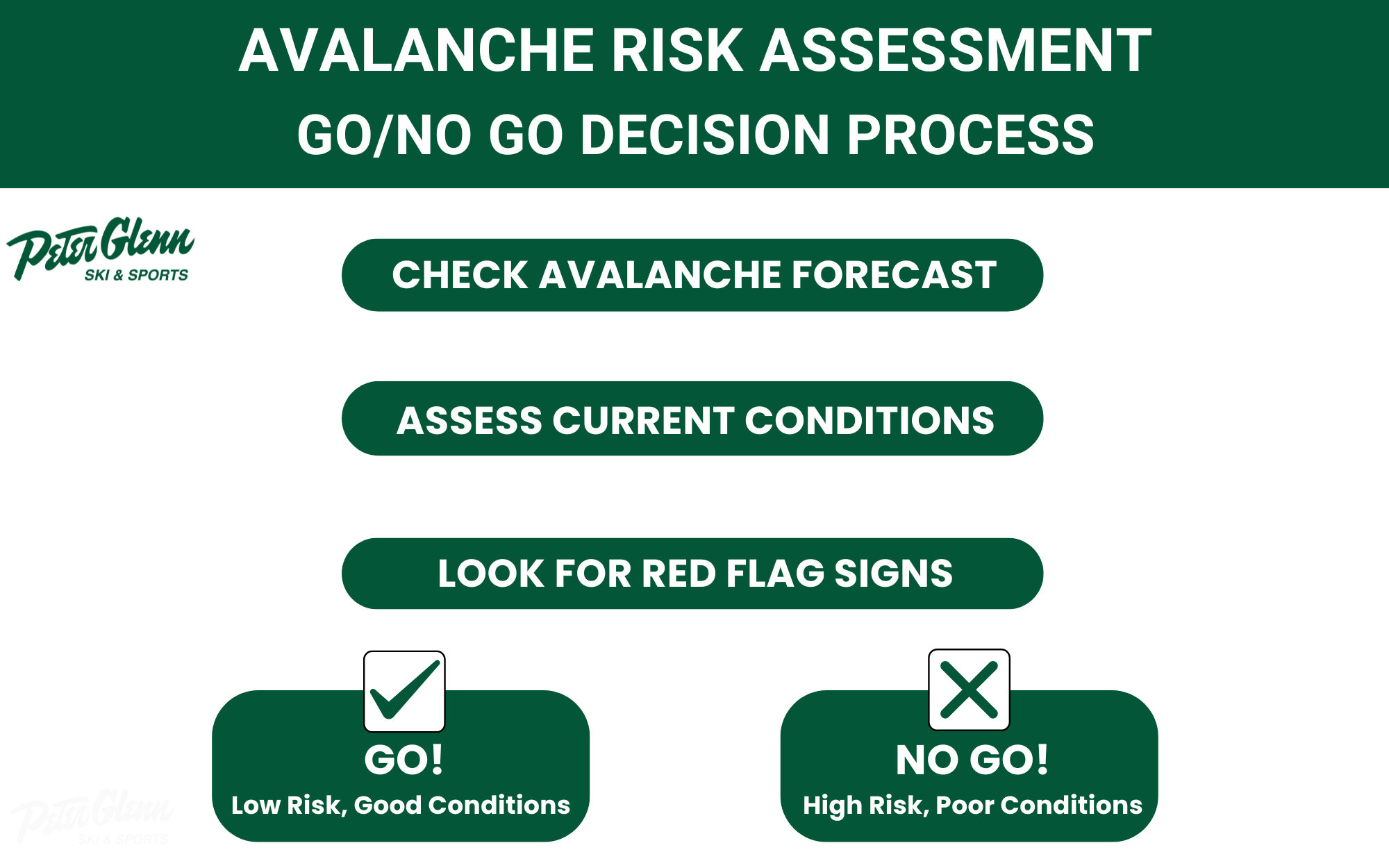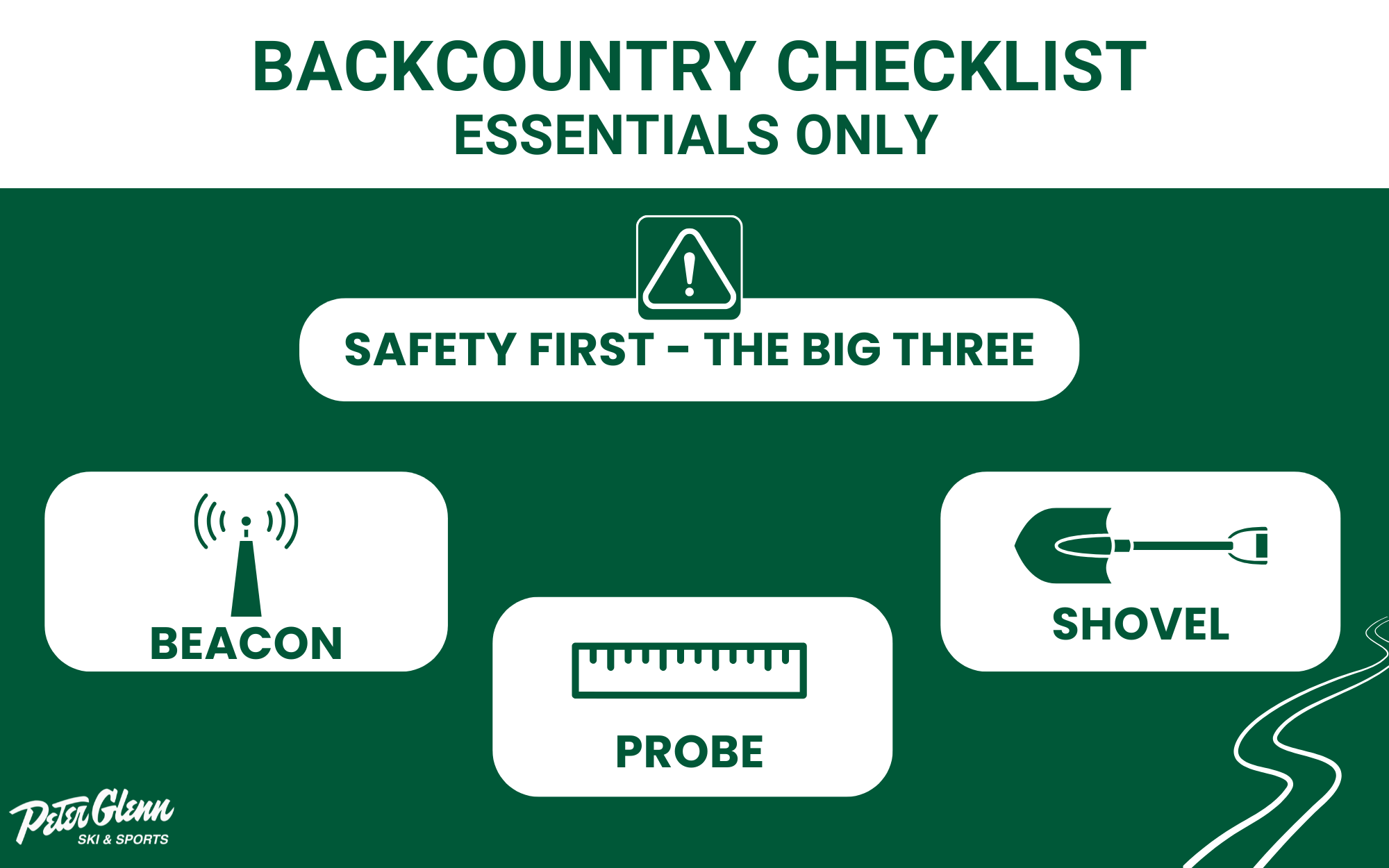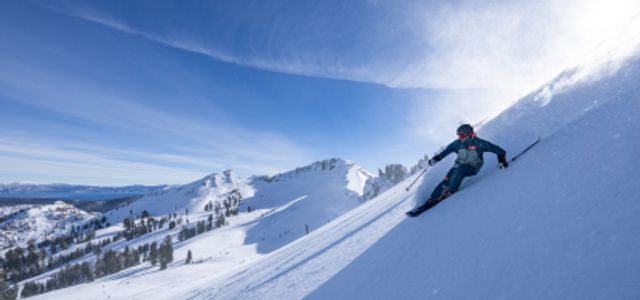Backcountry Skiing Guide: Safety, Gear & Getting Started
Posted by Peter Glenn Staff on Sep 22nd 2025
Table of Contents:
The Short Answer: Backcountry skiing is skiing in unpatrolled, unmarked terrain outside of ski area boundaries where backcountry skiers access pristine, untouched snow. It offers unparalleled freedom and solitude while demanding advanced skiing skills, specialized ski gear, and crucial avalanche safety knowledge.
Imagine carving fresh tracks through deep snow, surrounded by pristine backcountry terrain, with no ski lift lines or crowded ski resort slopes in sight. This is the allure of backcountry skiing, where adventurous skiers venture beyond ski area boundaries to explore natural, ungroomed terrain. Unlike resort skiing, where runs are maintained and patrolled, ski touring requires you to climb to your descent point, often using special climbing skins attached to your skis.
Understanding Backcountry Skiing Basics
Backcountry skiing takes place outside maintained ski resort boundaries in unpatrolled, avalanche terrain where backcountry skiers must climb or access slopes under their own power. It requires advanced skiing skills, avalanche safety knowledge, and specialized ski gear for navigating unmarked, ungroomed terrain.
Resort vs Backcountry: Key Differences
Backcountry skiing provides a very different experience than resort skiing. Unlike resort runs, backcountry terrain remains untouched, featuring natural snow conditions that can range from fresh snow to wind-blown crust. There's no ski patrol monitoring these areas, meaning skiers must be self-sufficient and responsible for their own safety. Natural obstacles like trees, rocks, and cliff bands remain unmarked, requiring careful navigation and terrain assessment skills.
Access Methods
Reaching backcountry terrain involves several approaches:
- Ski Touring: The most common method, this approach entails using special climbing skins attached to skis that allow uphill travel
- Hiking: Another self-powered option where you carry or strap your skis to a pack while traveling
- Snowcat Skiing: If you are seeking a professional guide, this approach uses tracked vehicles to access remote terrain
- Helicopter Skiing: This approach uses a helicopter to drop riders at high-altitude starting points
Physical Requirements
Backcountry travel demands substantial cardiovascular fitness and strength. A typical ski day involves hours of uphill travel before descent, requiring endurance for climbing with gear. Upper body strength helps with pole planting during ascents, while core and leg strength are needed for controlling skis in deep snow conditions.
Required Skill Level
Skiers should master advanced resort runs before venturing beyond the ski area boundary. This means confidently handling black diamond terrain and varying snow conditions. Technical abilities must include:
- Controlled turns in deep snow
- Rapid speed adjustment
- Terrain reading skills
- Navigation abilities
- Equipment familiarity
- Basic avalanche safety
Resort skiing fundamentals provide the foundation for adapting to ungroomed backcountry challenges, where conditions change constantly and decision-making becomes more complex.
Essential Safety Knowledge

Understanding Avalanche Risk
Backcountry skiing requires a thorough understanding of avalanche safety gear and risk assessment. Learn to identify warning signs like recent avalanche activity, cracking or collapsing snow conditions, and heavy snowfall or rain in the past 24 hours. Pay attention to avalanche terrain between 30-45 degrees, as these slopes are most prone to slides. Always check the avalanche forecast before heading into the backcountry and learn to interpret danger ratings from low to extreme.
Weather and Conditions Assessment
Mountain weather can change rapidly while ski touring, making forecast monitoring a must. Check detailed weather reports specifically for your backcountry terrain, not just nearby ski areas. Watch for red flags like rapid temperature changes, strong winds, or heavy precipitation. Snow conditions can vary dramatically based on aspect (the direction a slope faces), elevation, and recent weather patterns.
Navigation Fundamentals
Never rely solely on electronic devices for backcountry travel navigation! Carry physical topographic maps and a compass, knowing how to use both. Mark key waypoints including your parking lot starting point, planned route, and potential escape routes. Study the terrain beforehand to identify hazard zones like cliff bands or avalanche-prone slopes. GPS devices should serve as backup rather than primary navigation tools.
Group Safety Guidelines
Travel with at least one backcountry skier partner and maintain visual or voice contact. Establish clear communication signals before starting, including both verbal and non-verbal methods for emergencies. Cross hazardous terrain one at a time to minimize risk exposure. Keep track of your group members and maintain regular distance checks, especially in poor visibility conditions. Always carry basic rescue gear including first aid kits, repair tools, and extra layers.

Required Gear and Equipment
Safety Equipment
Safety comes first in backcountry skiing. Every backcountry skier must carry an avalanche beacon (also called an avalanche transceiver), which sends and receives signals to help locate buried skiers in an emergency. A sturdy avalanche probe is used to pinpoint exact locations once the beacon has narrowed the search area. A lightweight but strong avalanche safety gear item, the shovel, is mandatory for rescue gear use, as plastic versions aren't reliable enough for backcountry travel. Don’t forget high-quality outer shells, gloves, helmets, and backpacks. Check out our excellent options for these essentials.

Skiing Equipment
Backcountry ski gear is typically lighter than ski resort equipment and has wider dimensions for deep snow performance. Tech bindings allow your heel to lift while in walk mode for uphill travel but lock down for ski mode descents. Climbing skins attach to your ski bases, providing grip for ascending. These removable strips peel off when you're ready for downhill skiing. To get started, you’ll need backcountry-specific skis, tech bindings, climbing skins, and more. Check out our wide selection of skis and accessories!
Personal Gear
Smart layering is vital for backcountry skiing. Start with moisture-wicking base layers, add insulating mid-layers, and top with waterproof, breathable outer shells. Pack extra layers and gloves. Bring a map, compass, and GPS device for navigation. A headlamp with spare batteries, multi-tool, and fire starter belong in every ski setup for unexpected situations in backcountry terrain.
Pack Essentials
Your backpack should include a first aid kit with blister care and emergency supplies. A repair kit with spare parts and tools can save your ski day. Pack calorie-dense snacks and plenty of water. Skiing in the backcountry burns serious energy. A thermos of hot drink and emergency shelter (like a space blanket) are smart additions for longer tours.
Getting Started
Backcountry skiing opens up a world of pristine powder and untouched backcountry terrain, but success and safety demand proper preparation. The skills and knowledge you’ve learned here, from understanding avalanche safety gear to selecting the right ski gear, form your foundation for unforgettable backcountry adventures.
Start your journey by taking an avalanche safety course from a certified provider. These courses teach crucial risk assessment and rescue techniques that could save lives. Next, join a professional guide for ski touring experiences who can show you the ropes while keeping you safe. As you build confidence, practice with experienced backcountry skiers who can mentor you and reinforce good decision-making habits.
Ready to begin your backcountry skiing trip? Check out our collections of baselayers and ski jackets to guarantee you are prepped and ready for your backcountry expeditions!
Remember: in the backcountry, knowledge and preparation are just as important as having the right gear. Never venture out alone or without proper avalanche safety training.



